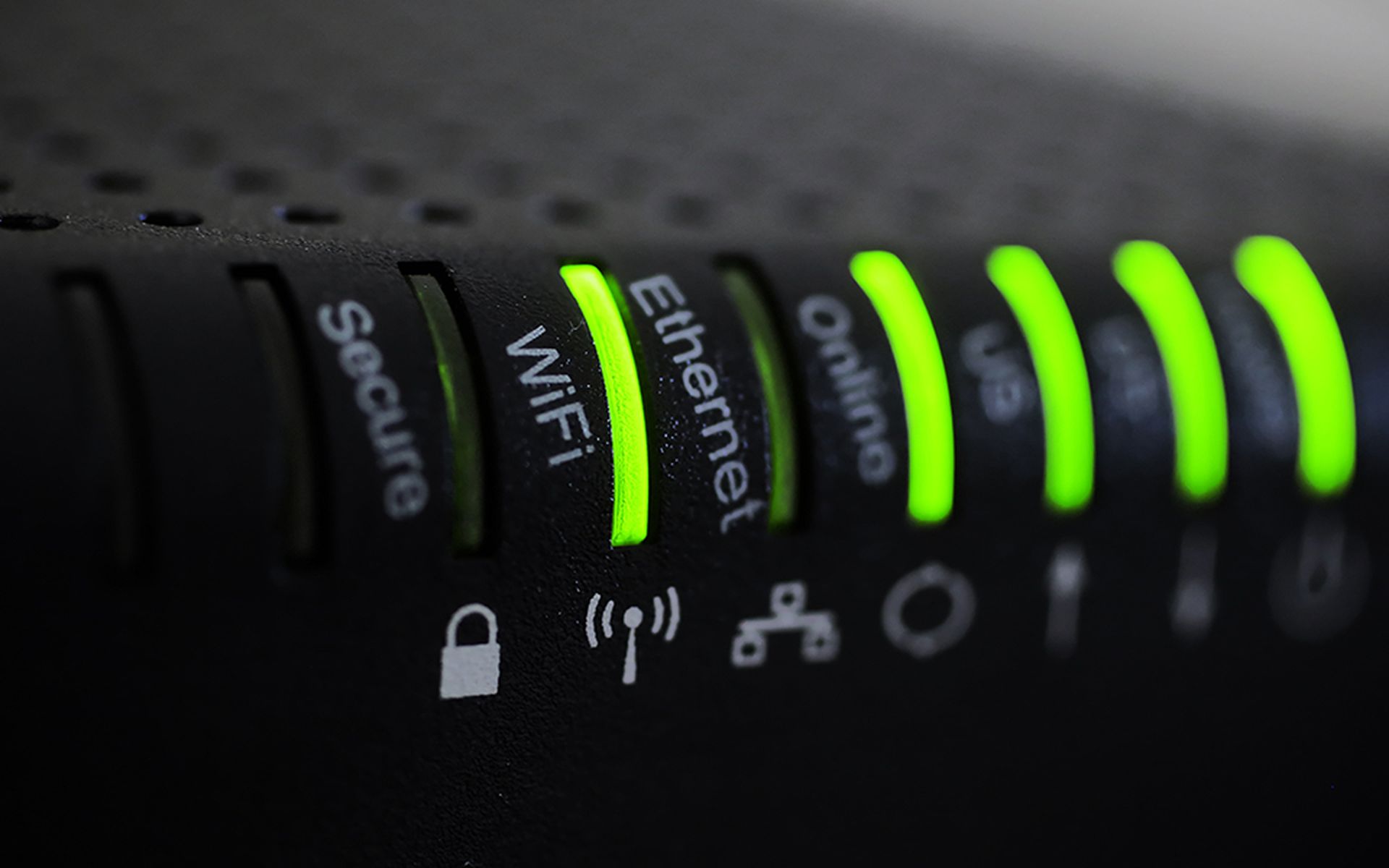The average size of distributed denial-of-service (DDoS) attacks have weighed in at 20 percent higher so far this year than they did in 2012, according to statistics released Monday by security firm Arbor Networks.
In the first quarter of 2013, DDoS attacks on average measured 1.77 gigabytes per second (GB/sec), a 19.5 percent climb over the first quarter of last year, while the portion of attacks ranging from 2 to 10 GB/sec grew from 15 percent to 21.5 percent.
But many were measured much higher. Already this year, Arbor's web traffic analysis system, known as ATLAS, has tracked 74 percent of the total number of the higher-than-10 GB/sec attacks it saw from all of last year.
The numbers aren't necessarily surprising. Attackers are now using more sophisticated methods, such as relying on botnets of compromised web servers as opposed to individual PCs, to launch their bandwidth.
Aside from the volumetric-style attacks that use traditional means for attacking sites, application-layer attacks, which leverage encrypted traffic, are becoming more common because they are more difficult to deter.
DDoS attacks have been launched for various reasons, such as to achieve a political gain, to earn a ransom, or to merely as a serve decoy so purveyors can conduct information theft of a targeted network.
Arbor Networks said traditional perimeter security controls, such as firewalls and intrusion prevention systems, aren't good enough to deflect these attacks. A recent study found that the market for DDoS mitigation solutions is projected to grow 18.2 percent between 2012 and 2017, hitting $870 million in spending.



